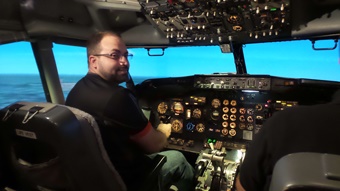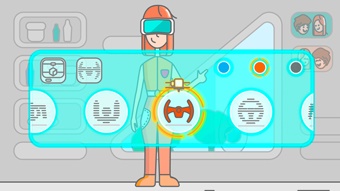3D printing is still some way away from being ideal due to the complications that come with the need to use support material. On the bright side, it seems that new developments in additive manufacturing are set to play their part in negating this issue to some extent.
When gravity ruins everything
The main function of support materials is to prevent material used for 3D printing from tilting or falling over, and from flowing into the undercuts of the object. It is needed for printing objects with overhanging parts or moving elements. But after printing an object with the use of support materials, the laborious task of post-print processing is required to remove the supports such as filing and sanding. Some types of these materials require leaving your printed product in a soluble for hours and the result is not always perfect – usually, there are still small pieces of material remaining.
Expanding possible angles for printing
The first innovative concept that leads the rejection to the use of support materials was embodied in Robotic Composite 3D Demonstrator presented by Stratasys. It essentially involves a 3D printing robot platform made of 2 units totally independent from one another. The first – a robot arm with an extruder, which can move around and deposit layers from different sides. The second – a print platform on a three-axis module that is also able to change its position. This duo makes it possible to 3D print in any direction and from any angle without using support materials. The RC3D can even print upside down if need be. Unfortunately, this machine is enormous and expensive. There is, however, another invention that is smaller and more simple and also helps to avoid support structures. Oliver Tolar and Denis Herrmann from Zurich University of Applied Sciences have constructed a "tilt-bed" 3D printer, which has a special apparatus under the printing bed that makes it move. The guys were able to make the printing bed and extruder move in sync with each other by developing software that coordinates these two elements.
The appearance of a concept with such widely moving bed platforms has great potential to become a new standard for 3D printers. Will they be able to displace support materials completely? Clearly, not in 100% of cases, but in many of them, especially with some simple objects that require the tilting capability of a printing bed. If such constructions were manufactured worldwide, it would broaden the spectrum of 3D printers’ abilities and prove to be a game-changer in desktop 3D printing.
Our blog is also available for anyone with interesting and useful life hacks, just write to us: press@treatstock.com
Try our 3D printing network!
Mit Freunden teilen:






